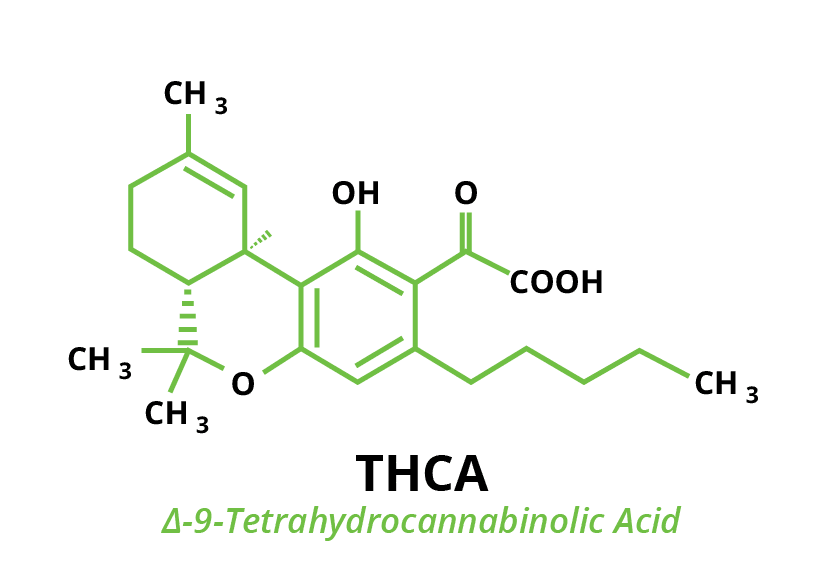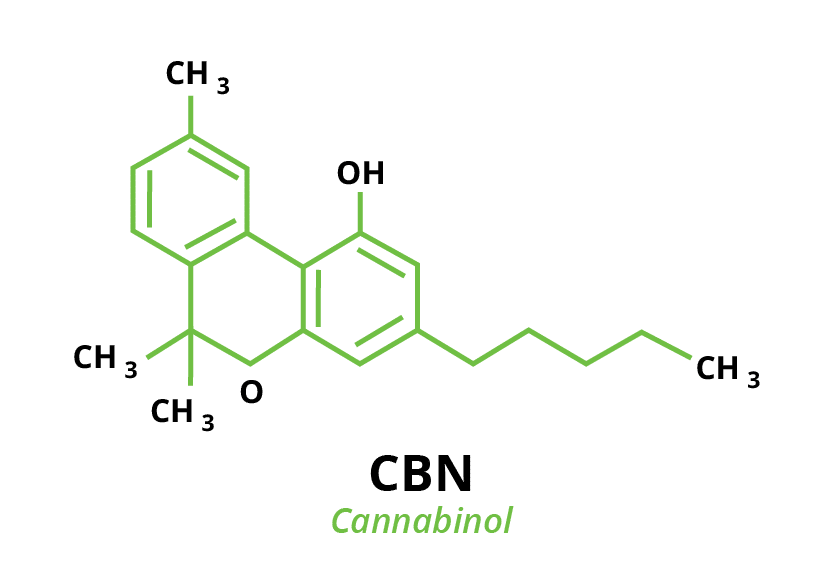
NOTICE: 2025 Inventory Counts are starting in EAST CANADA on Tuesday, April 22nd, and in WEST CANADA on Thursday, April 24th. We are resuming normal operations on Thursday, May 1st. To avoid delays, check order cutoff dates: More Details
Recent Posts




Upcoming Events
Latest Comments


When it comes to cannabis, experienced growers prefer quality over quantity. The truth is, growers today want to produce bigger trichomes, not flowers. Unlike its flowers, cannabis trichomes hold a wealth of psychoactive, medicinal, and therapeutic properties. The market’s changed; instead of gigantic, dull cannabis buds, growers are far more interested in producing tight flowers, covered with a dense layer of crystalized trichomes.
Trichomes on weed are small, dome-like glands that densely coat the leaves, stems, and buds of mature cannabis plants. These resinous structures are typically oily to the touch and have a crystal-like or glassy appearance, often giving cannabis flowers their frosty, sparkling look. Beyond their visual appeal, trichomes play a vital role in the cannabis plant’s overall health and resilience. For instance, research suggests that trichomes on weed help regulate temperature by mitigating heat and cold stress on the surface of leaves and flowers – ultimately resulting in stronger, more durable plants (Wagner, 1991).
In addition to their thermoregulatory function, trichomes on weed act as a natural defense mechanism. Their sticky, hair-like structure can deter herbivores and insects by physically trapping pests or delivering deterrent compounds. These resin glands produce a variety of chemical compounds, including terpenes and cannabinoids, which contribute to the plant’s aroma, taste, and biological activity. This combination of physical and chemical defenses makes trichomes essential to the survival and potency of cannabis.
While trichomes are found throughout the plant kingdom – in fruits, vegetables, and flowers – the specific type of trichomes on weed are uniquely prized. Cannabis trichomes are responsible for producing cannabinoids like THC and CBD, which are the key drivers behind the plant’s psychoactive and therapeutic effects. As such, growers and consumers alike closely monitor trichome development and coloration to determine the ideal harvest time, ensuring maximum potency and desired effects.

Tetrahydrocannabinol (THC) is the primary psychoactive compound found in cannabis. While perhaps the most prevalent, THC is one of at least 113 cannabinoids found in marijuana plant tissue. THC forms heavily in the lipid glands of exposed plant matter like flowers and leaves as an evolutionary defence response to stress, pests, and environmental conditions.

When taken, tetrahydrocannabinol is absorbed into the bloodstream and travels to the brain, attaching itself to the naturally-occurring endocannabinoid receptors located in the brain. This attachment can distort and affect perception, pleasure, thinking, coordination, and movement. In short, THC is the compound in cannabis responsible for making the user feel “high”. However, there are also medicinal and therapeutic uses for THC. For instance, THC has had success in treating pain, discomfort, and bladder overactivity for people with multiple sclerosis.
Cannabidiol or CBD is another immensely important compound found abundantly in cannabis. Also a primary active ingredient in hemp, CBD has been championed widely for its therapeutic and medicinal benefits. And unlike THC, CBD does not cause a “high” when ingested. Potential medicinal benefits are as follows: insomnia relief, acute and chronic pain assistance, inflammation ease, depression support, and arthritis aid (Perez, 2021, para. 1).

CBD can be ingested in many forms, including oils, herbs, patches, capsules, lotions, sprays, and even bath bombs. Since CBD is a therapeutic compound without any psychoactive effects, individuals using or prescribed CBD may experience a more relaxed and regulated mood, reduced muscle pain, and low fatigue.
Tetrahydrocannabinolic acid (THCA), the precursor of THC, is also found in the resinous glands of cannabis plants. Unlike the smaller molecular compound THC, THCA’s chemical composition is too large to fit into the endocannabinoid receptors in the brain, making it a non-intoxicating active ingredient. In order for a cannabinoid compound to become intoxicating (like THC), the molecule must be small enough to attach itself to a type-1 cannabinoid receptor (CB1). The shape and size of the THCA molecule, however, is too large to make this CB1 to cannabinoid connection.

Remember, THCA is the precursor to the intoxicating compound THC. The chemical conversion comes from a simple process called decarboxylation, or the rapid application of heat and light. Heat removes the carboxylic acid group from THCA, altering the THC chemical structure. This makes it the perfect shape to fit into the endocannabinoid system. But like other compounds found in trichomes, THCA alone has amazing health benefits. For example, recent studies have shown that THCA can promote dietary and immune system recovery and function (Ruhaak, 2011).
Cannabinol (CBN) comes from the breakdown of THC in mature cannabis plants. CBN isn’t as psychoactive as THC, but it can still produce a calming, therapeutic effect after consumption. Since CBN doesn’t necessarily produce a “high”, it’s often overlooked as an unimportant cannabinoid. However, there are several benefits of CBN being examined in recent studies. For instance, studies have shown that concentrations of CBN have antibacterial, neuroprotectant, and anti-inflammatory properties. Cannabinol also has a minor sedative effect, leading researchers to believe that future studies will yield further medicinal evidence for the use of CBN.

What’s most interesting about CBN is its interaction with other cannabinoids. Dr. Ethan Russo, a neurologist responsible for popularizing the “entourage effect”, says CBN itself isn’t a sedative (Rahn, 2020, para. 5). But when combined with other cannabinoids like THC and CBD, cannabinol can work synergistically to influence certain therapeutic effects.
Cannabis buds are valued on much more than size – strain, terpene concentration and cannabinoid content all play an essential role in determining the value of raw flower. But how do we grow trichomes?
Bring fire to your crop with Rezin, our trichome, flavour, and aroma enhancer. Formulated with trace amounts of molybdenum and vitamin B1, Rezin can be used in both the flowering and flushing periods of growth to boost essential oil, trichome, resin content—and ultimately the production of trichomes cannabinoids in your plants.
Rezin contains no plant growth regulators (PGRs), artificial colouring, or dyes. And, since it contains only a trace amount of a single micronutrient, Rezin will not impact the EC/PPM of your nutrient solution. Rezin will help promote aromas and flavours to bring out the best qualities of your plants in both the late-stage and flushing period.
Rezin is the answer to ensure your flowers are covered in beautiful, frosty trichomes rich in trichomes cannabinoids.
Remember, to enhance the smell and taste of cannabis, grow trichomes, not flowers! For more information on the products or information mentioned in this article, contact your GreenPlanet representative directly, or your local garden supply store.
GROWERS
LEGAL
CONSUMER
ABOUT
CONNECT
NEWSLETTER
Monday: 8am – 4:30pm
Tuesday: 8am – 4:30pm
Wednesday: 8am – 4:30pm
Thursday: 8am – 4:30pm
Friday: 8am – 4:30pm
Saturday: Closed
Sunday: Closed
Week of Dec 18-22- Regular operating hours
Dec 25- Closed (Stat Holiday)
Dec 26- Closed (Non-Stat day off with pay)
Dec 27-29- Regular operating hours
Jan 1- Closed (Stat Holiday)
Jan 2-5- Regular operating hours
3 thoughts on “What are trichomes and why do they result in high-quality cannabis?”
This article is very detailed and overwhelming with information, some of which are new to me.
I just wanted to share my experience with [gblkaufenn.com]! I decided to buy GBL from their site, and I was really impressed with the quality of the products and the quick delivery. The customer service was also very helpful. If you’re looking to buy GBL, I highly recommend checking them out!
Trichomes are tiny, resinous glands on cannabis plants that produce cannabinoids, terpenes, and flavonoids. They directly impact the potency, flavor, and quality of cannabis, making dense trichomes a key marker of high-quality buds.